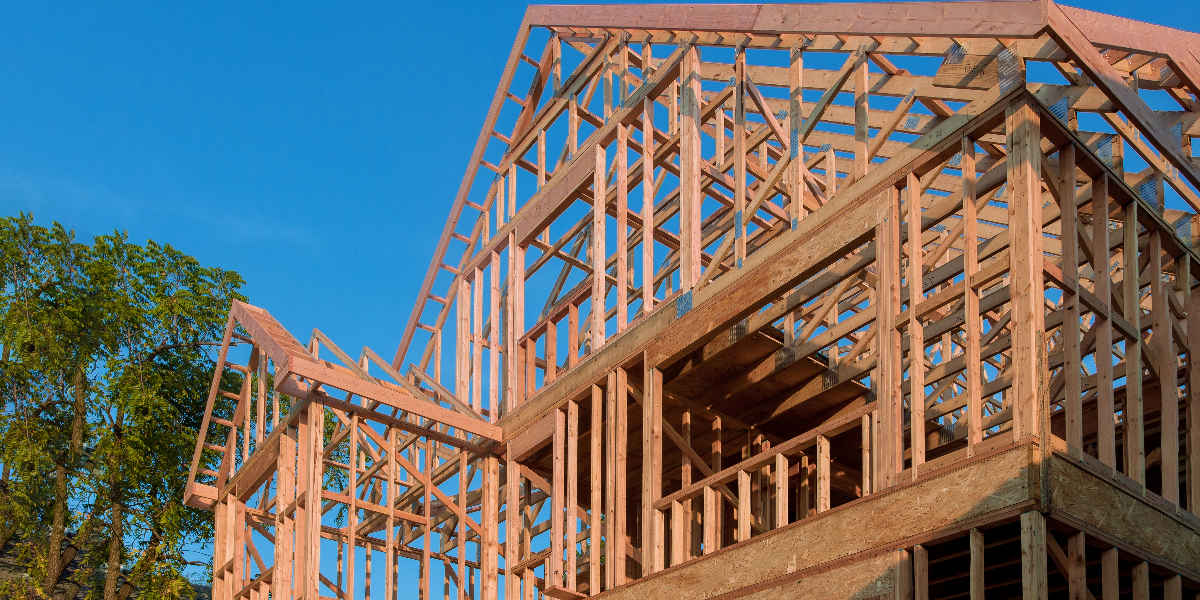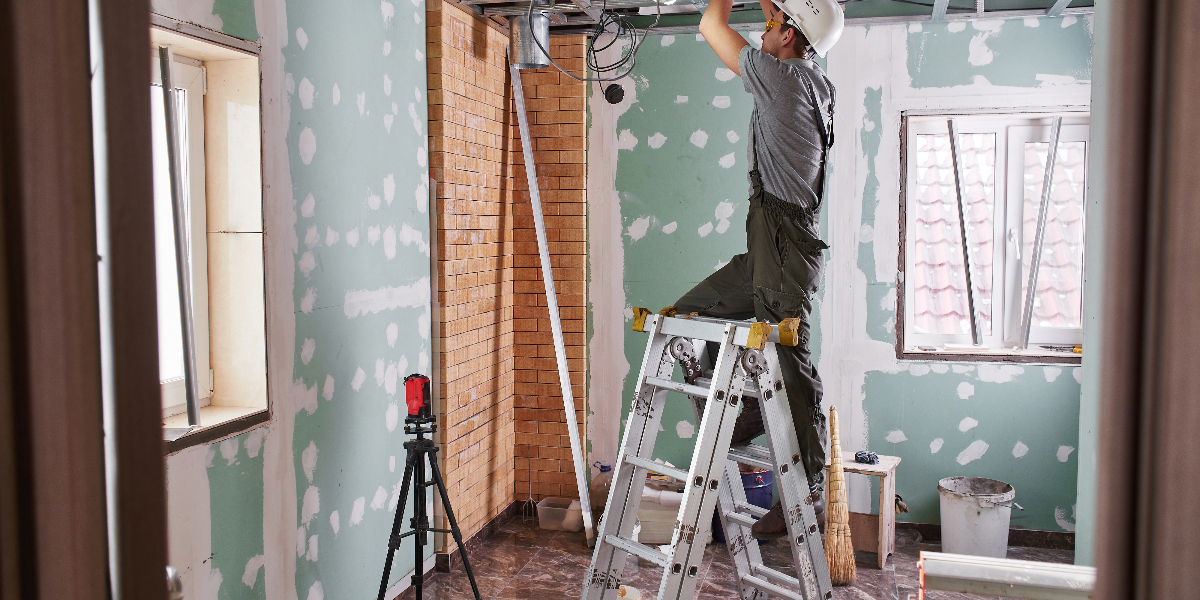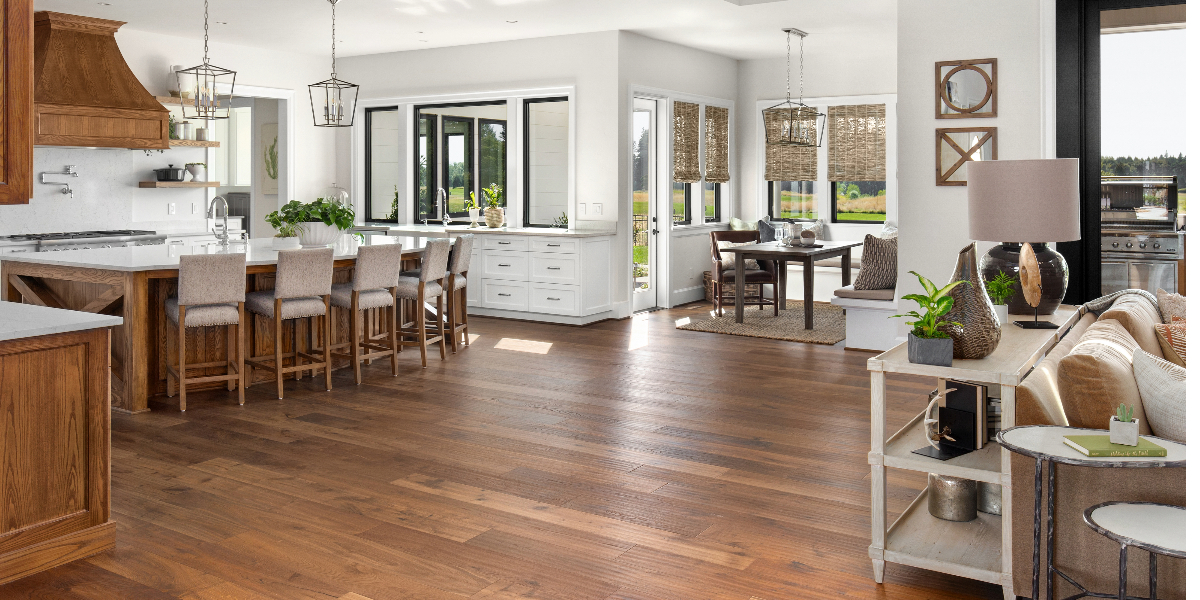When it comes to building, the framing is one of the most important elements to get right. Choosing the right type of construction framing can have a huge impact on the look, feel, and overall structural integrity of your building. In this blog post, we’ll discuss the different types of construction framing and provide tips on how to choose the best option for your building project.
Understanding Construction Framing
Understanding construction framing is essential for any building project. It involves the creation of a structural skeleton that supports the entire structure. From walls to floors and roofs, framing provides the framework for a building’s integrity and stability. This process requires careful planning and execution to ensure the structure is solid and can withstand various environmental factors. Whether you’re using wood, steel, or other materials, understanding construction framing is key to achieving a successful and durable building project.
Types of Wood Framing
Wood framing is one of the most common and versatile types of construction framing. It offers a classic and warm aesthetic that is favored by many builders and homeowners. There are several types of wood framing, including platform framing, balloon framing, and timber framing. Each has its own unique characteristics and advantages. Platform framing is the most common method and involves building the structure floor by floor. Balloon framing, on the other hand, uses long vertical studs that span multiple floors. Timber framing is a traditional method that utilizes large, exposed wooden beams for a rustic look. Choosing the right type of wood framing will depend on factors such as budget, design preferences, and structural requirements.
Steel Framing vs. Wood Framing
When it comes to choosing between steel framing and wood framing, there are several factors to consider. Steel framing offers durability, strength, and resistance to fire and pests. It is also a popular choice for commercial buildings and structures that require larger spans. On the other hand, wood framing is versatile, cost-effective, and provides a warm aesthetic. It is commonly used in residential construction and offers easier installation and modification options. Ultimately, the choice between steel and wood framing will depend on your specific project needs, budget, and design preferences.
Post-and-Beam Framing
Post-and-beam framing is a traditional method that uses heavy timbers to create a visually striking and structurally sound framework. This type of framing allows for open floor plans and the ability to create large, open spaces without the need for load-bearing walls. Post-and-beam framing is often used in architectural designs that prioritize a rustic or farmhouse aesthetic. It is a timeless and durable option that can add character and charm to any building project.
Timber Framing
Timber framing is a time-tested method that utilizes large wooden beams to create a visually stunning and sturdy structure. This type of framing is perfect for those seeking a rustic or farmhouse aesthetic. With timber framing, you can create unique architectural designs and spacious interiors without the need for load-bearing walls. It adds character and charm to any building project, making it a popular choice for those who appreciate the natural beauty and durability of wood.
Concrete Block and Poured Concrete Framing
Concrete block and poured concrete framing is a durable and long-lasting option for construction projects. It provides strength and stability to the structure and is often used in commercial buildings and foundations. Concrete block framing involves stacking precast blocks to create walls, while poured concrete framing involves pouring concrete into forms to create walls and floors. Both methods offer excellent fire resistance and can withstand harsh weather conditions. Consider concrete block and poured concrete framing for projects that require strength and durability.
SIPs (Structural Insulated Panels) Framing
SIPs (Structural Insulated Panels) framing is a modern and energy-efficient option for construction projects. These panels consist of a layer of insulation sandwiched between two rigid boards, typically made of oriented strand board (OSB). SIPs provide excellent thermal insulation, resulting in energy savings and increased comfort. They are also quick and easy to install, making them a popular choice for both residential and commercial buildings. Consider SIPs framing if you’re looking for a sustainable and efficient option that can help reduce your energy consumption and lower your utility bills.
Factors to Consider When Choosing Framing Materials
Choosing the right framing materials for your construction project is crucial. Consider factors such as cost, durability, design aesthetics, and environmental impact. Assess the specific requirements of your building, such as load-bearing capacity and resistance to fire or pests. Additionally, think about long-term maintenance and potential for modifications. By carefully considering these factors, you can make an informed decision and ensure that your framing materials will meet your needs and expectations for years to come.




